Death Valley National Park
Hope every one of you is doing great and 2019 is amazing for you. The year 2018 year ended in a great note for me with yearend trips and I am still basking in its greatness. The year 2018 was one of the toughest years I ever had in my life but then one of the awakening year too for me, which made me wise with its lessons. Every time when I think about my journey in 2018, I couldn’t stop from applauding myself for being survived and emerged as a stronger one than before. Life is an ongoing lesson, after all.
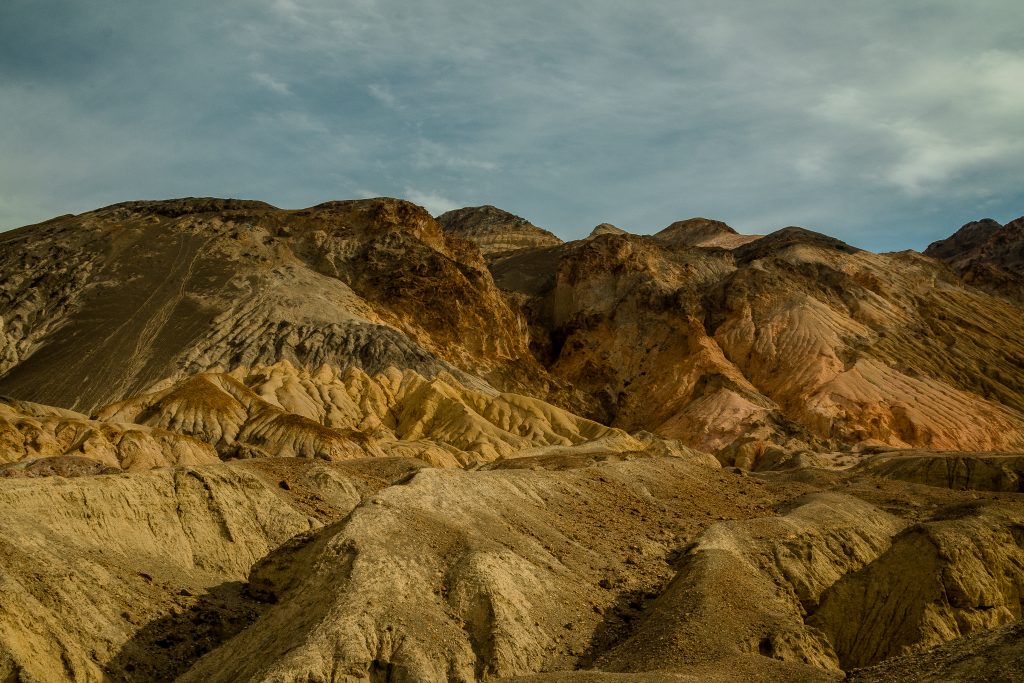
As I have written in my previous travel post, I had an amazing 2 weeks’ vacation in Las Vegas during December 2018. I had initially planned such a lengthy vacation with the intention of visiting the nearby National Parks from Nevada. And I could visit only Death Valley National Park as most of the roads in the other nearby parks – Kings Canyon, Yosemite, and Sequoia were closed and some required chains to drive inside. I wanted to post my experiences in Death Valley National Park for so long and finally, I could do it now. Better late than never!
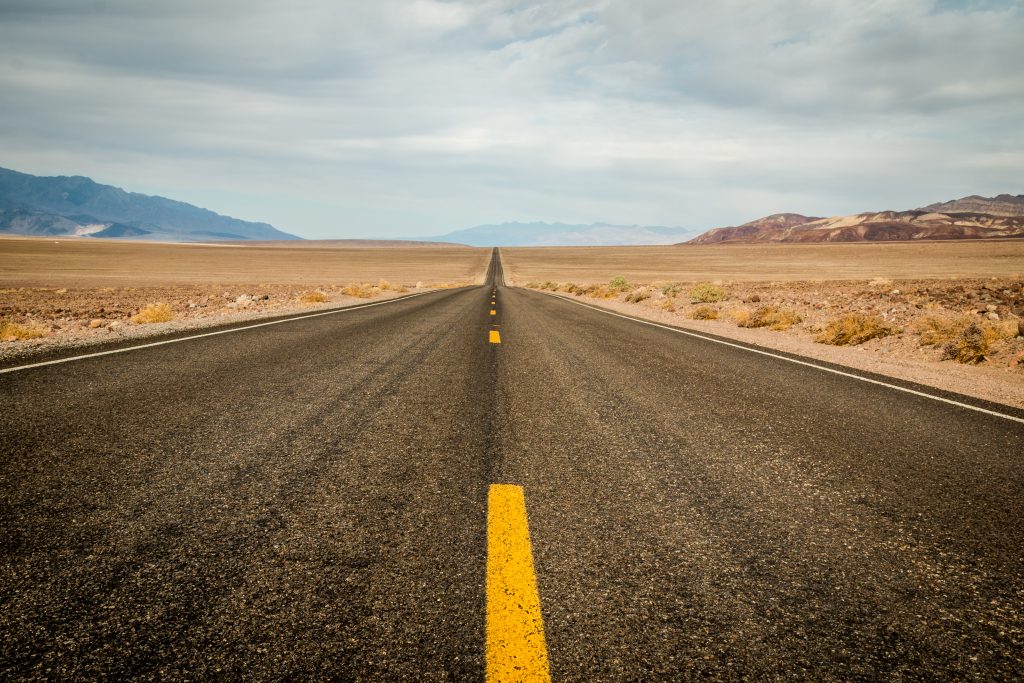
Death Valley – What is it?
Death Valley is the hottest, driest and lowest National park with its own striking beauty. The name – Death Valley may be intimidating but its striking beauty below the sea-level-basin makes it more unique. Death Valley is a vast park with over 3 million acres of land designated as wilderness and hundreds on backcountry trails. The park is a land of extremes – hottest summer in the low-level areas, snows covering the peaks in winter, wildflowers from occasional rainfall and oasis which is a home to wildlife. Yes, Death Valley is home to many rare species.
Death Valley is a 156-mile-long north/south-trending trough that formed between the two major block-faulted mountain ranges: the Amargosa Range on the east and the Panamint Range on the west. The highest and the lowest co-exists in the park – Telescope Peak, the highest peak – 11,049 feet above sea level and the lowest point in the Badwater basin – 282 below sea level are only 15 miles apart from each other. The entire park cannot be visited in a single day as the park is vast with diverse beauty – Sand dunes, rugged canyons, bad water basin, towering peaks, and wonder mines.
What did we do in Death Valley National Park in a day?
The Death Valley National Park is 2 hours away from Las Vegas. We started (Me and my friends) very earlier so that we could reach the park earlier with more time in hand for exploring the park.
Watched Park Movie
It has become my custom to watch the Park film in the Visitor Center as the first thing in a National Park. The movie is one of the best offerings by NPS which highlights diverse climatic conditions, geology, and features that the park provides.
Since we just had a day to explore the park, we decided to visit the major spots in the park. The park is vast and one has to drive for at least 20 minutes to reach every point in the park.
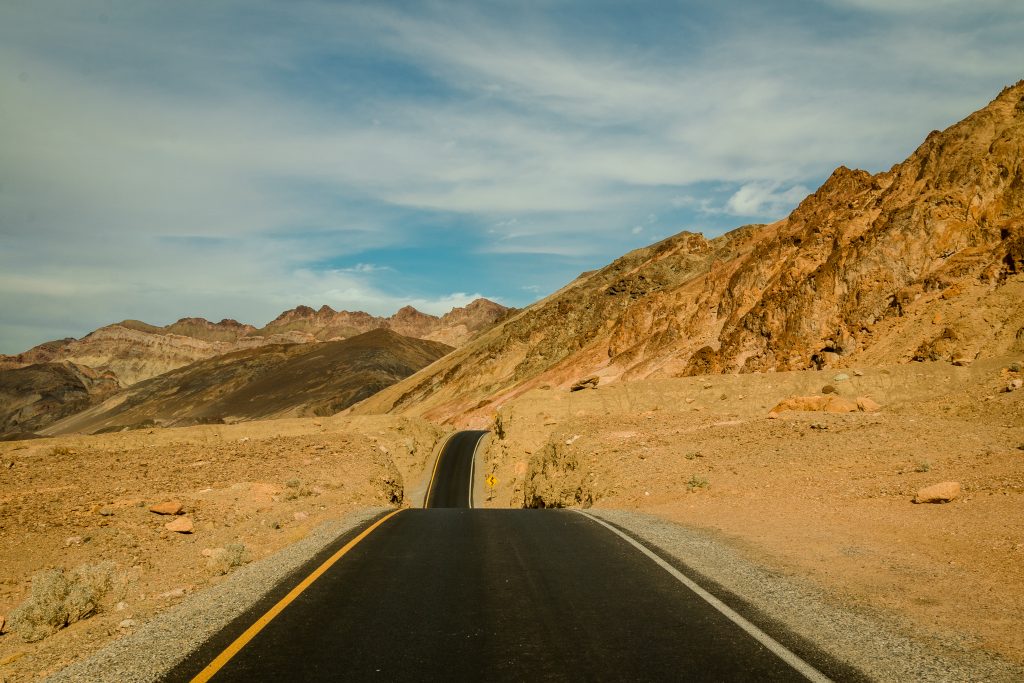
Fast Facts:
- Death Valley is the largest National Park in the lower 48 states.
- Death Valley is the hottest, driest and lowest of all National Parks in the United States
- Faulting is one of the main reasons Death Valley exists. Movement along faults allow the mountains to rise and the valleys to sink.
- There are very few restrooms or food outlets in the way to National Park from Las Vegas
- Death Valley has fluctuating climatic conditions. Prepare for them
- Ensure to carry water bottles as it is one of the driest parks. Also, ensure to carry jackets as the temperature might rise suddenly in the park.
- Few scenes of Star Wars Episode IV: New Hope is filmed in the location – Golden Canyon in the park.
- Most of the highlights in the park require an all-wheel drive.
- Death Valley National Park is certified as the third International Dark Sky Park in the United States.
Bad Water Basin
We visited Bad Water Basin as our first stop in the park. A visit to the Bad Water basin cannot be explained in words and one has to visit to experience its otherworldly beauty. This is the lowest elevation point in the park – 282 feet below sea level. The Bad water basin is the large salt flat and appears to stretch on forever. There is a short wooden boardwalk and beyond that, there is a hardened salt flat for a ¼ mile which will lead to large polygonal salt formations. I was amazed to see the white salt flat stretching forever at the foothills of the Panamint Mountains. It would approximately take about an hour to reach the salt formations and one can walk as long as he wishes to view the white salt polygonal formations.
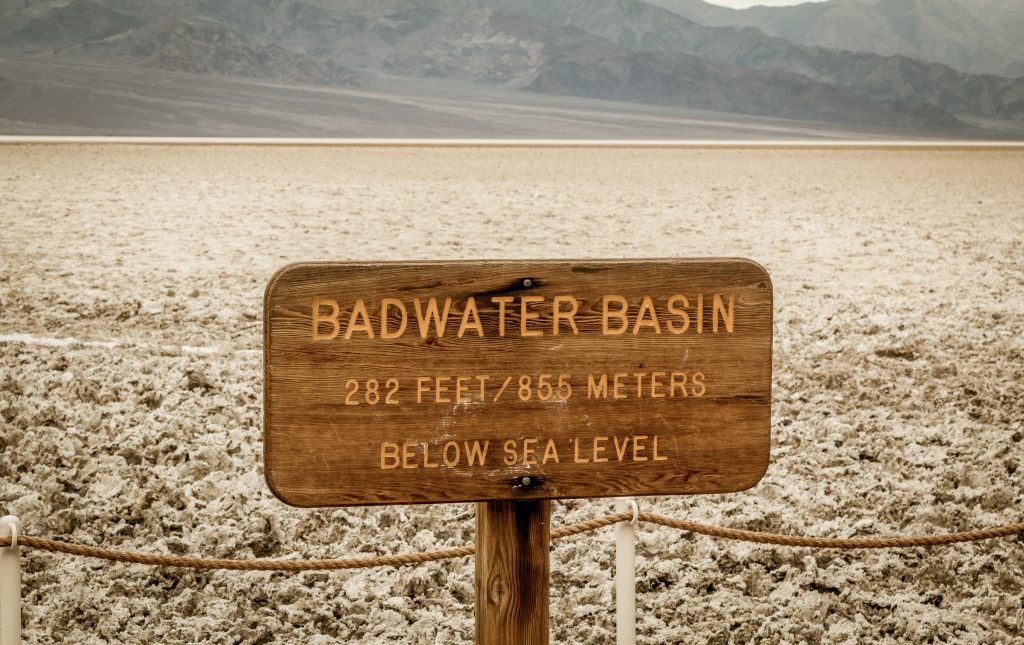
Golden Canyon
The other must-see point in the park in the Golden Canyon. We wanted to hike the Golden Canyon but we couldn’t withstand the heat in the area, hence decided to just view the Canyon. As soon as you walk a few steps in the trail, one can see the landscape of golden colored hills and winding narrow canyons.
- Summer hiking is not recommended in the lowest elevation of the park due to extreme heat. Only 15 minutes out of the car A/C is recommended by the park officials during summer
We wanted to hike to Natural Bridge but the road to the Natural Bridge is rugged and hence, we avoided it. The road to Natural Bridge is not a paved road and hence exercise caution while driving, 4×4 is highly recommended but a careful driving in Sedan could do.
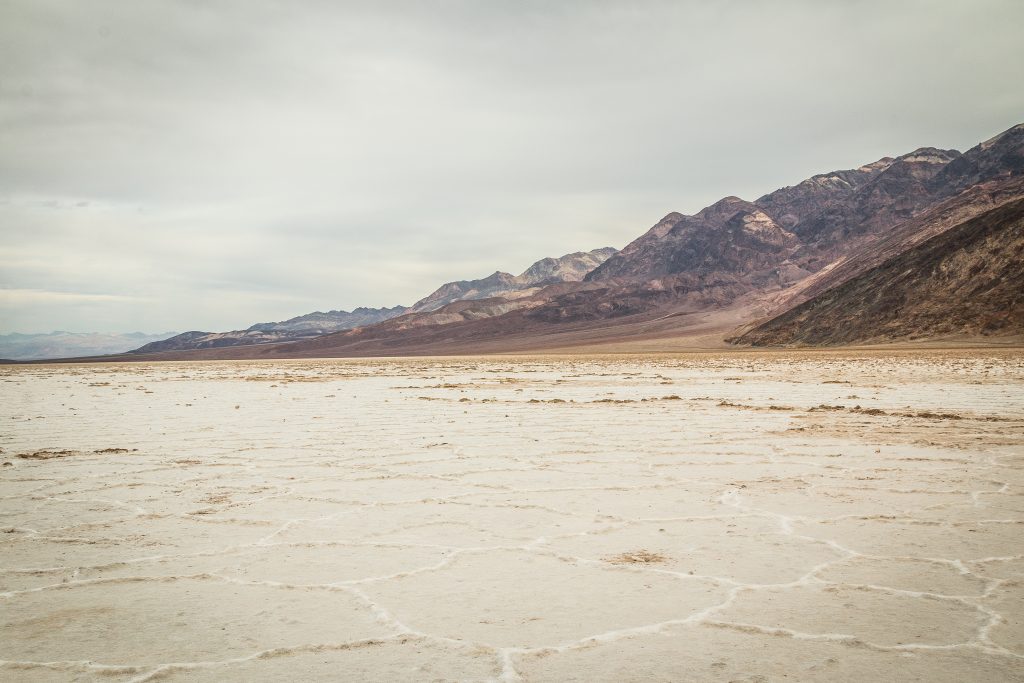
Artists Drive
One of the beautiful spots in the park is the Artists Drive and a nine-mile drive through the eroded hills will lead you to the multicolored photogenic sections. It’s no wonder why it is named as Artists drive. The colored hills can be viewed from the car but a short walk will give you a closer view of the colored palette in the hills. The colors can be beautifully viewed during the afternoon sunlight which illuminates the colors on the hills. The drive is one way and that’s the worthy nine-mile drive.
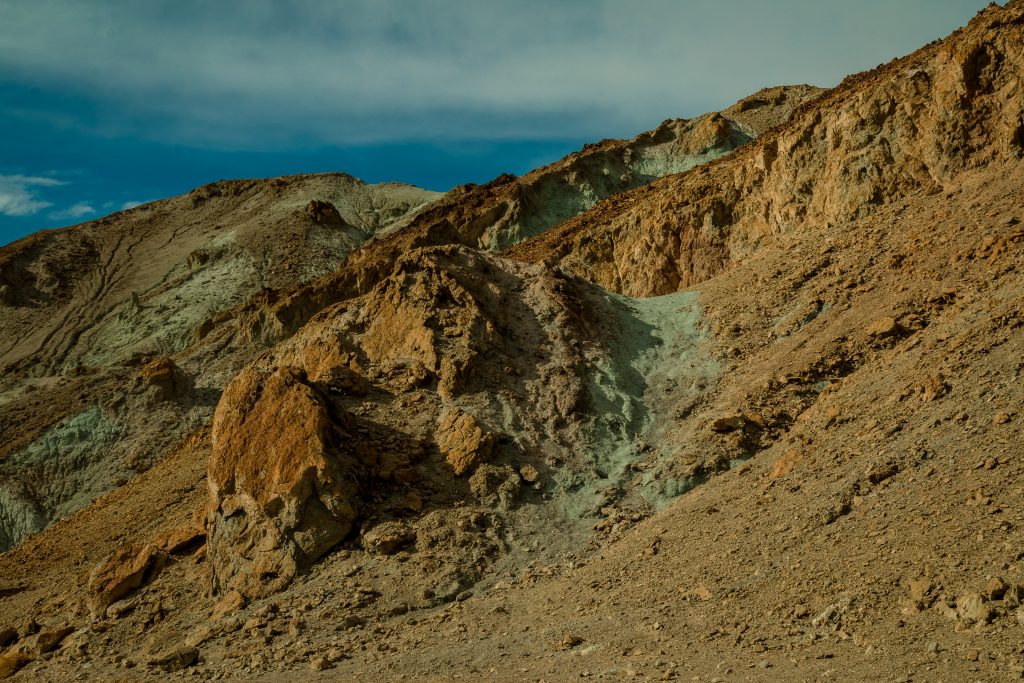
Zabriskie Point
One of the most beautiful views in the park is the Zabriskie Point which overlooks the golden colored badlands of the furnace creek formation. I wanted to visit Zabriskie point and we were rushing to view the point before lunch. I would highly recommend covering Dante’s View and Zabriskie Point on your drive inside the park. We skipped the parks and drove to the Furnace Creek Visitor Center, so we have to drive all way back to view the point. The point was 18 miles away from the Bad Water Basin. We drove back to Zabriskie Point after our visit to Bad Water Basin. And I am so glad that we did that. The badlands at the Zabriskie Point is simply outstanding with wild and rugged formations. And the Bad Lands offers a great place for photography, especially during sunrise and sunset.
We had our lunch in our car with A/C on as it was so hot and I highly advise to pack your own food as the food options inside the park is so limited.
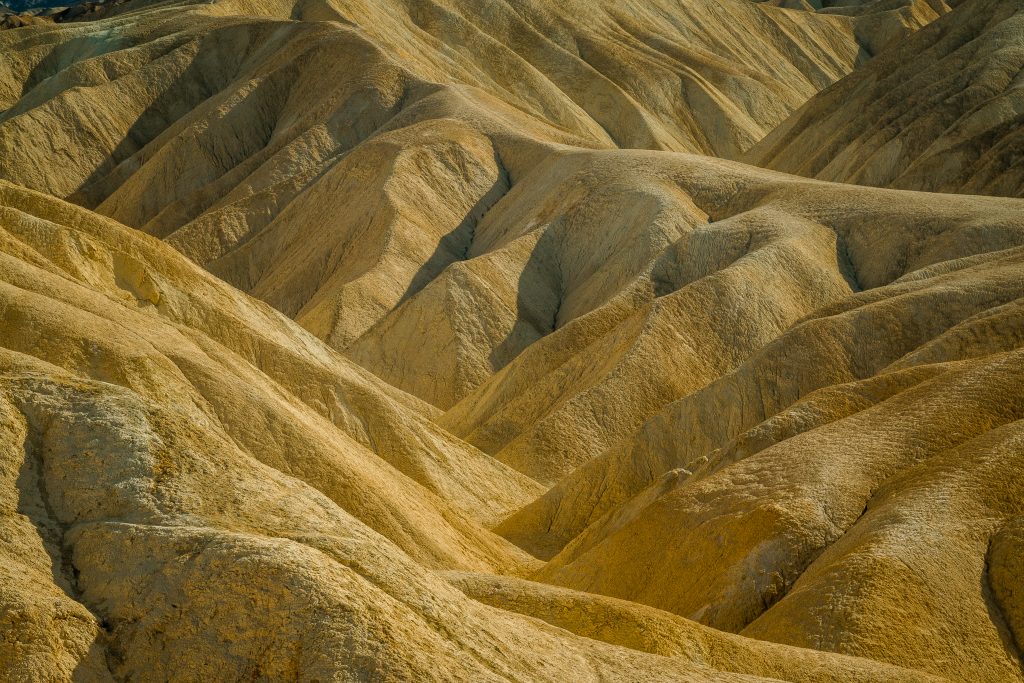
Harmony Borax Works
We then visited Harmony Borax – a central feature in the opening of Death Valley and the most popular spot in the Furnace Creek Area. As per the park officials,
After borax was found near Furnace Creek Ranch (then called Greenland) in 1881, William T. Coleman built the Harmony plant and began to process ore in late 1883 or early 1884. When in full operation, the Harmony Borax Works employed 40 men who produced three tons of borax daily. During the summer months, when the weather was so hot that processing water would not cool enough to permit the suspended borax to crystallize, Coleman moved his workforce to the Amargosa Borax Plant near present-day Tecopa, California.
Getting the finished product to market from the heart of Death Valley was a difficult task, and an efficient method had to be devised. The Harmony operation became famous through the use of large mule teams and double wagons which hauled borax the long overland route to Mojave. The romantic image of the “20-mule team” persists to this day and has become the symbol of the borax industry in this country.
The Harmony plant went out of operation in 1888, after only five years of production, when Coleman’s financial empire collapsed. Acquired by Francis Marion Smith, the works never resumed the boiling of cotton ball borate ore, and in time became part of the borax reserves of the Pacific Coast Borax Company and its successors. On December 31, 1974, the site was placed on the National Register of Historic Places.
Do not forget to click the wagons stationed in the site!
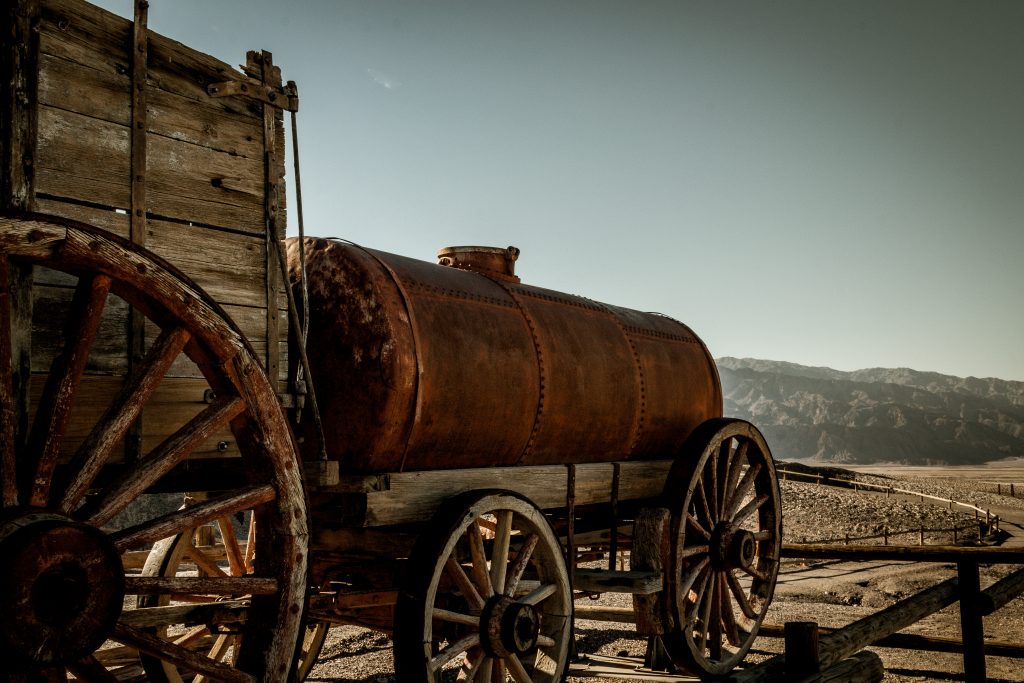
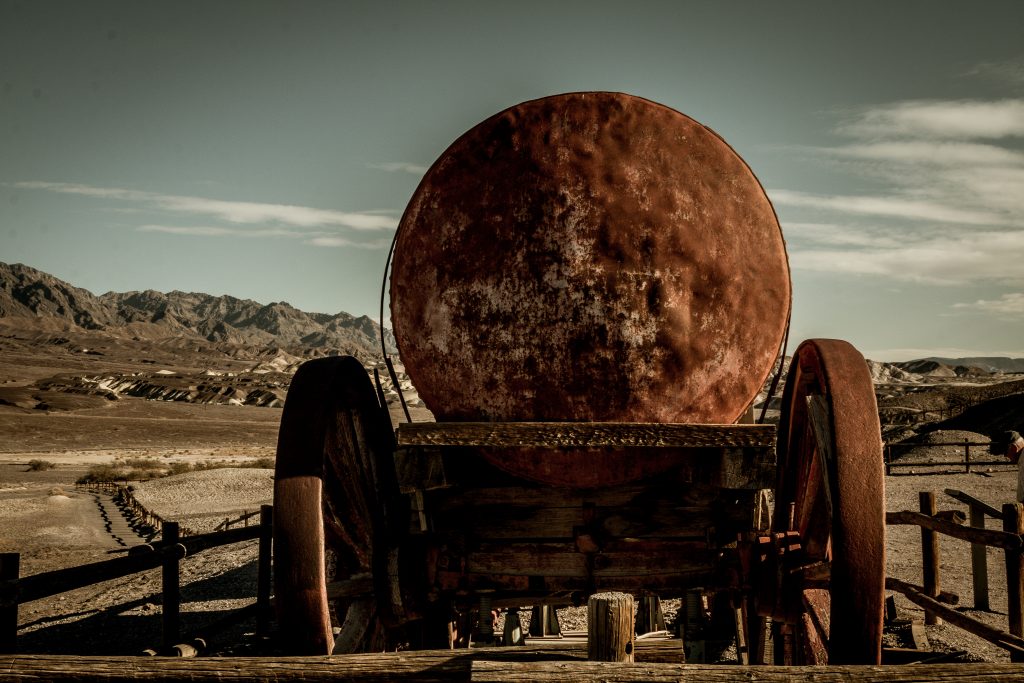
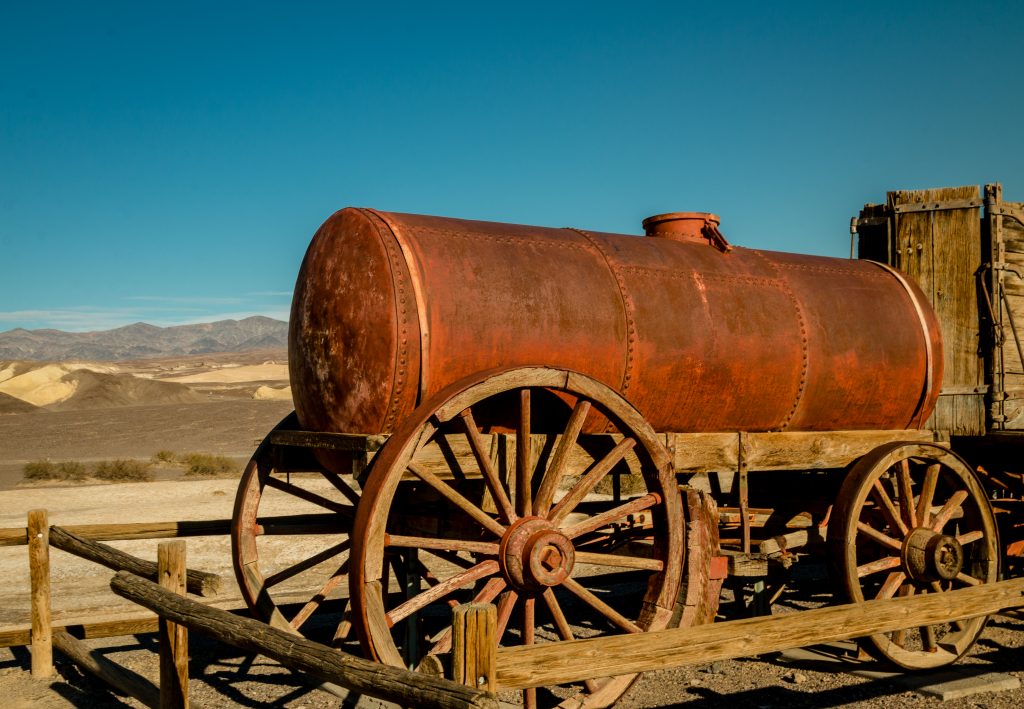
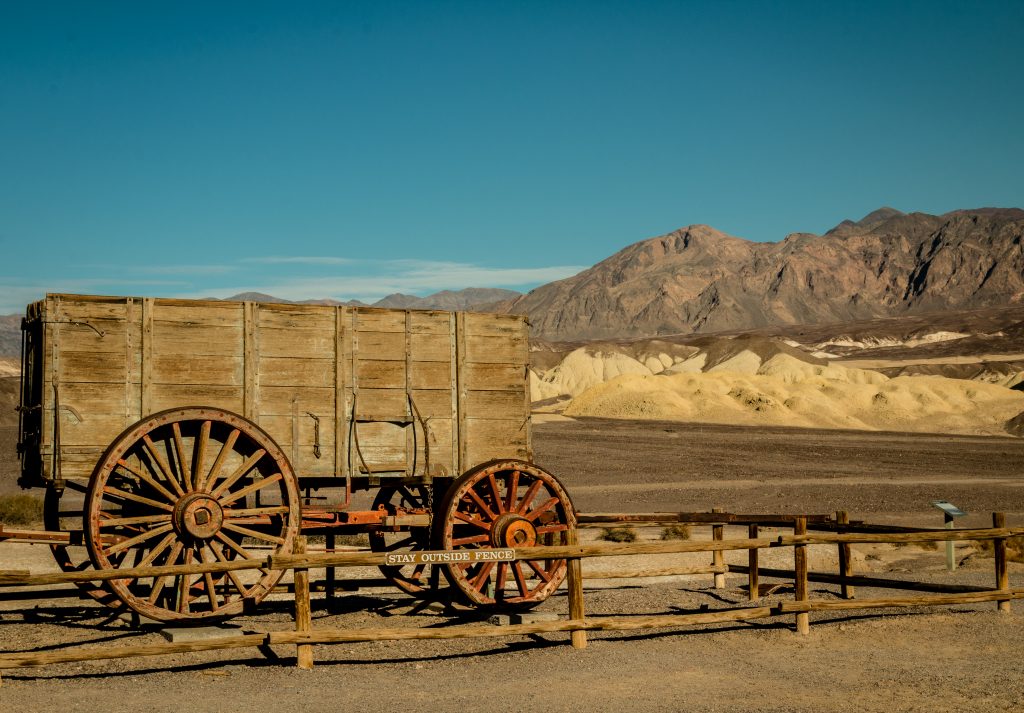
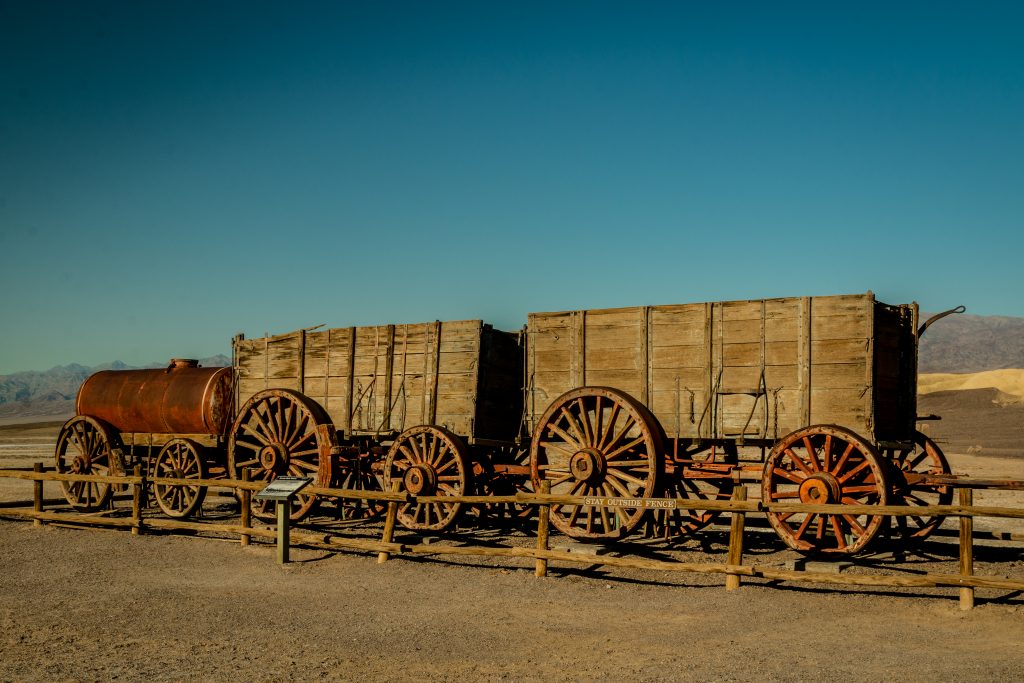
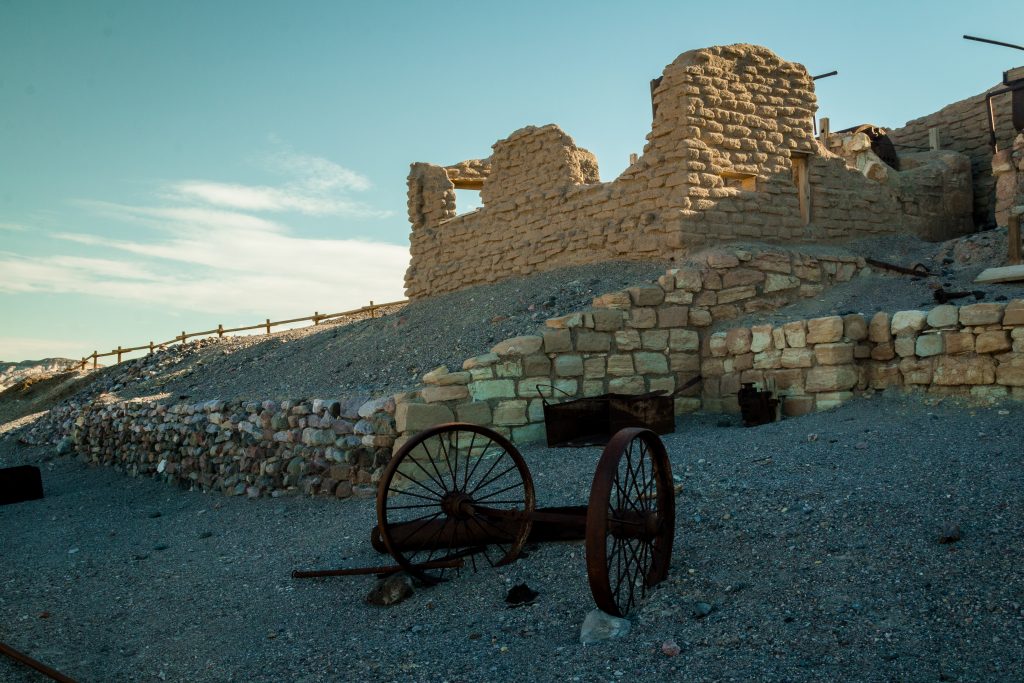
As we were running out of time, we then visited to visit the most famous highlight of the park – Sand Dunes. There are five sand dune fields in the park but the Mesquite sand dunes are easily accessible.
Mesquite Flat Sand Dunes
The park officials told us that the sand dunes look beautiful and illuminated with purple color during sunset. Hence, we decided to visit sand dunes around 3 PM and decided to stay there for the sunset to observe and capture the beauty through my lens. The Mesquite Sand Dunes are the largest dune field in the park. The dune field has three types of dunes – crescent, linear and star-shaped. One can see the polygon shaped lakebed in the floors which are formed by clay. Mesquite trees can be seen everywhere in the sand dunes and provide a stable habitat for wildlife. There are no paved ways in the Sand dune and you can create your way in the sand. We hiked to the highest summit in the park. Walking in the sand was fun and we were playing around in the sand like small kids.
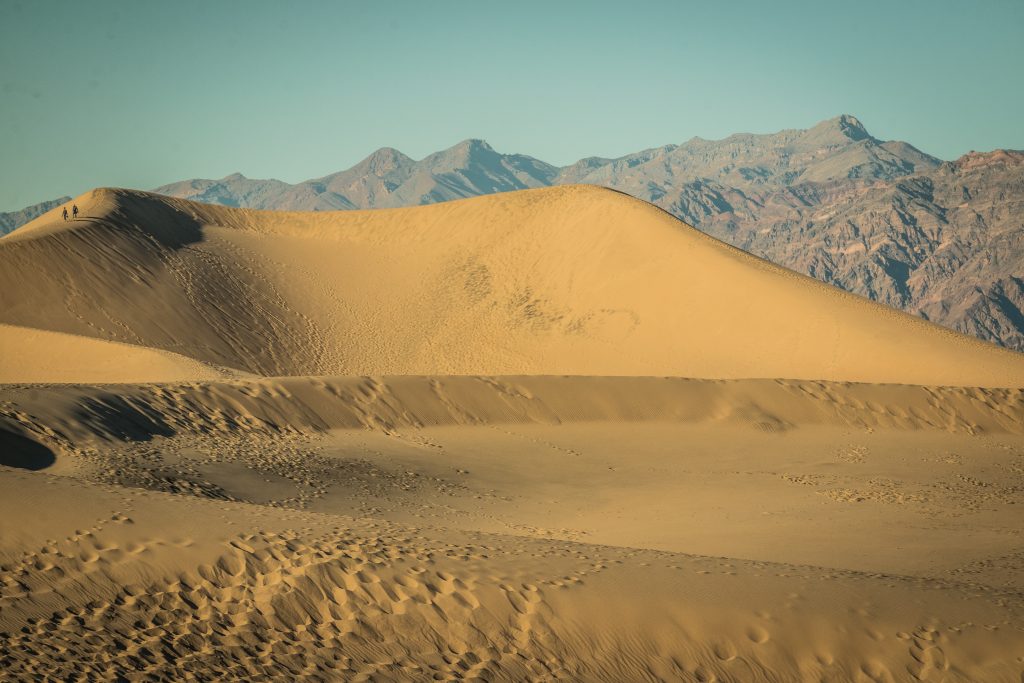
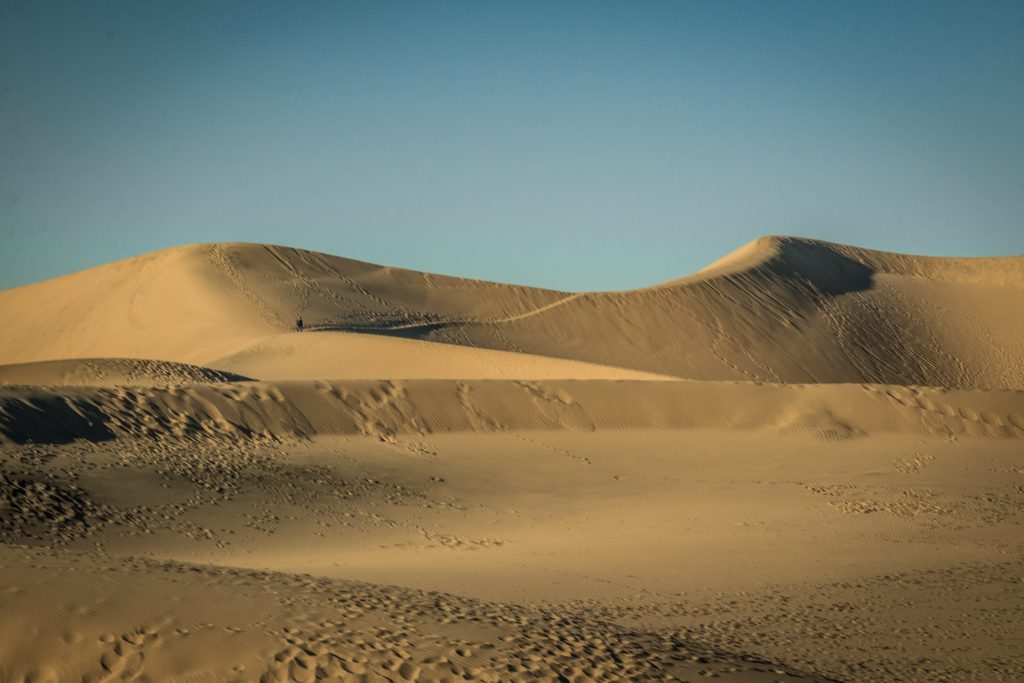
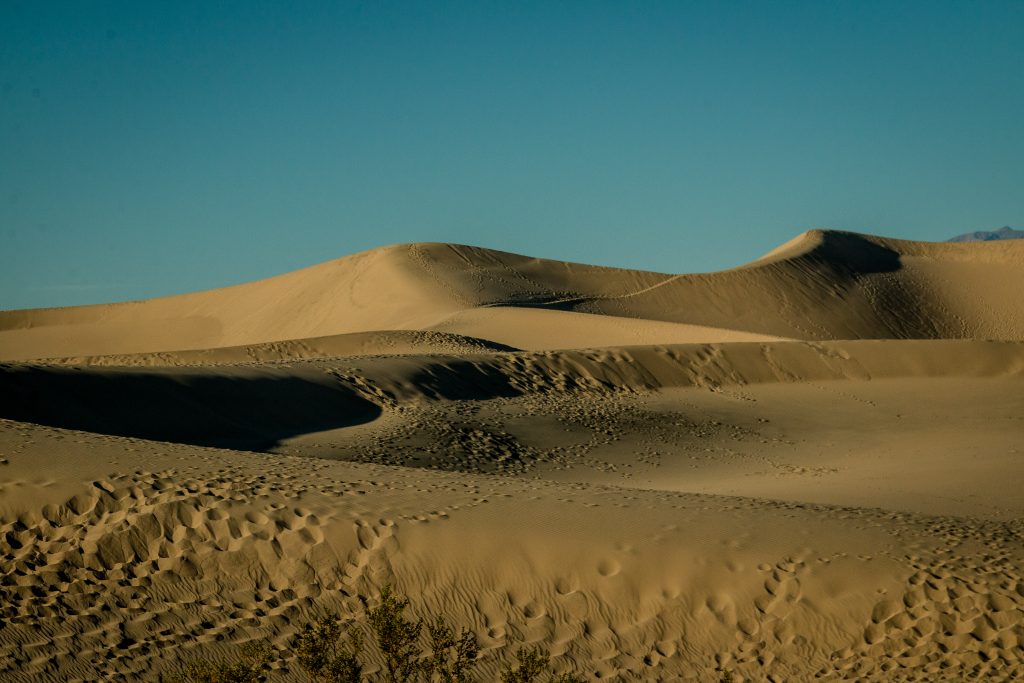
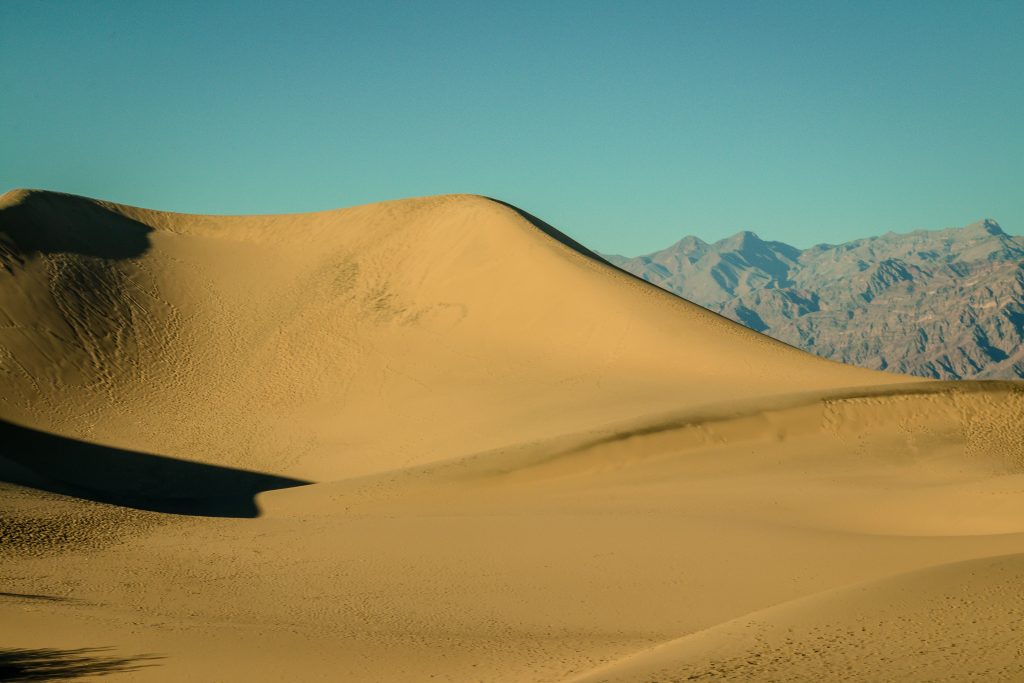
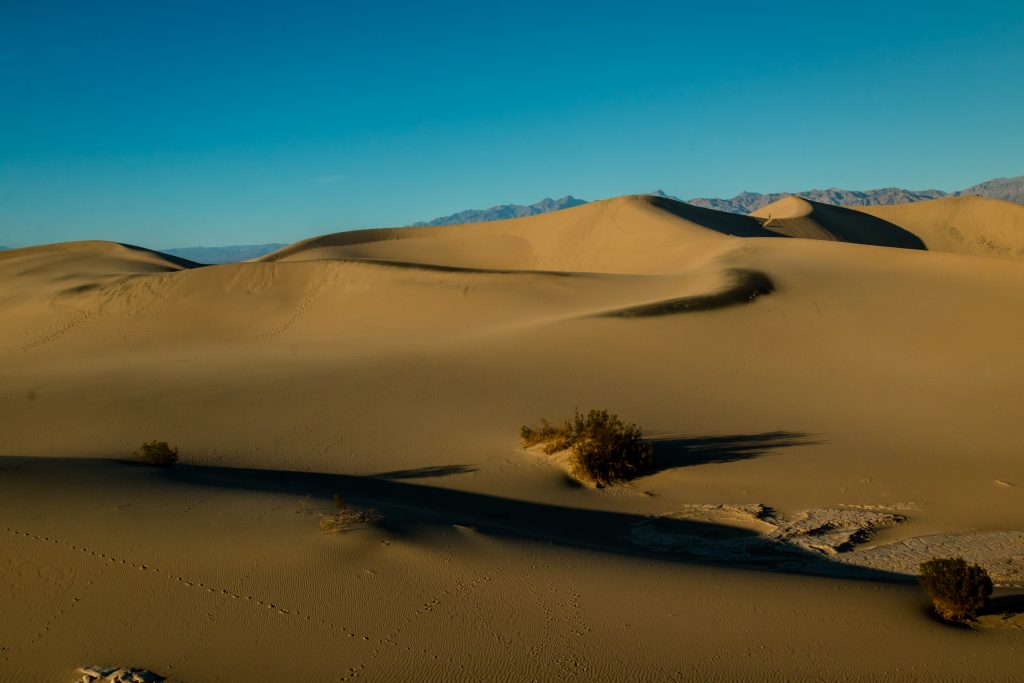
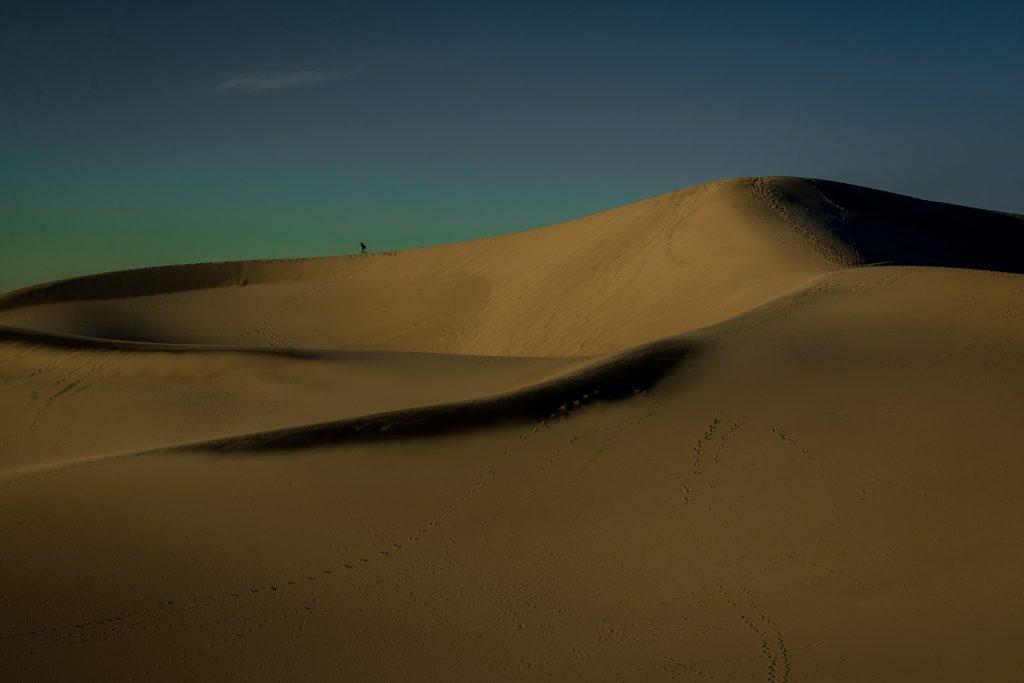
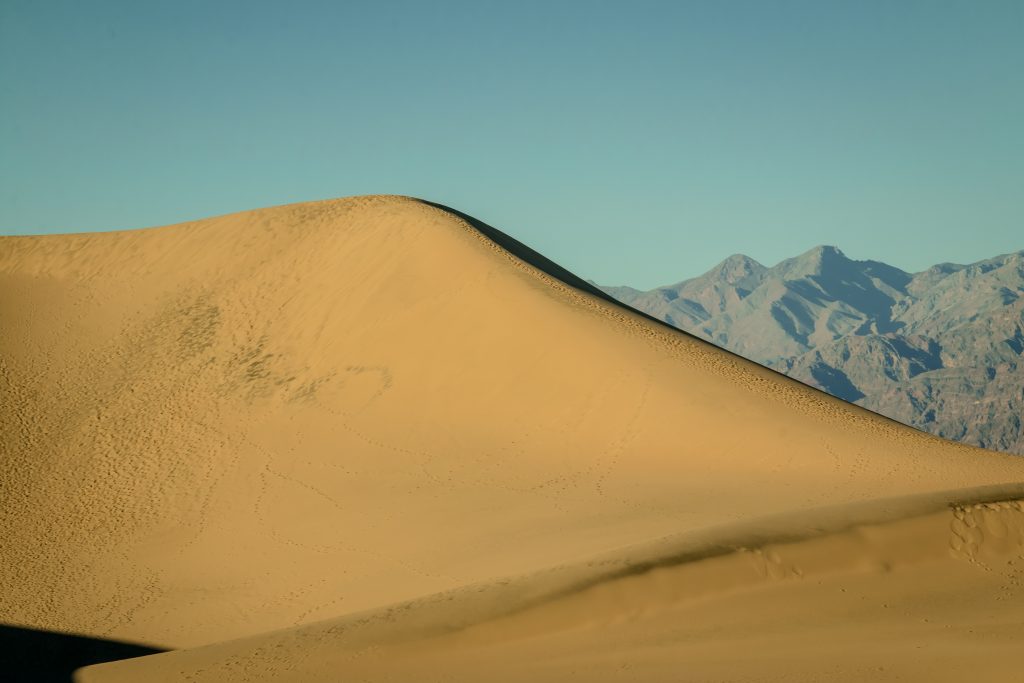
We watched the sunset at the back of the mountains and the sand dunes illuminated in purple from the mild sun rays. That was a beautiful sight on our entire day. Once the sun has set, we returned back to our car giggling and also carrying loads on the sand in our shoes.
I wanted to visit the Charcoal Kilns and the Ubehebe Crater but we couldn’t make it as it has become so dark and one has to drive about an hour to the North to view the crater.
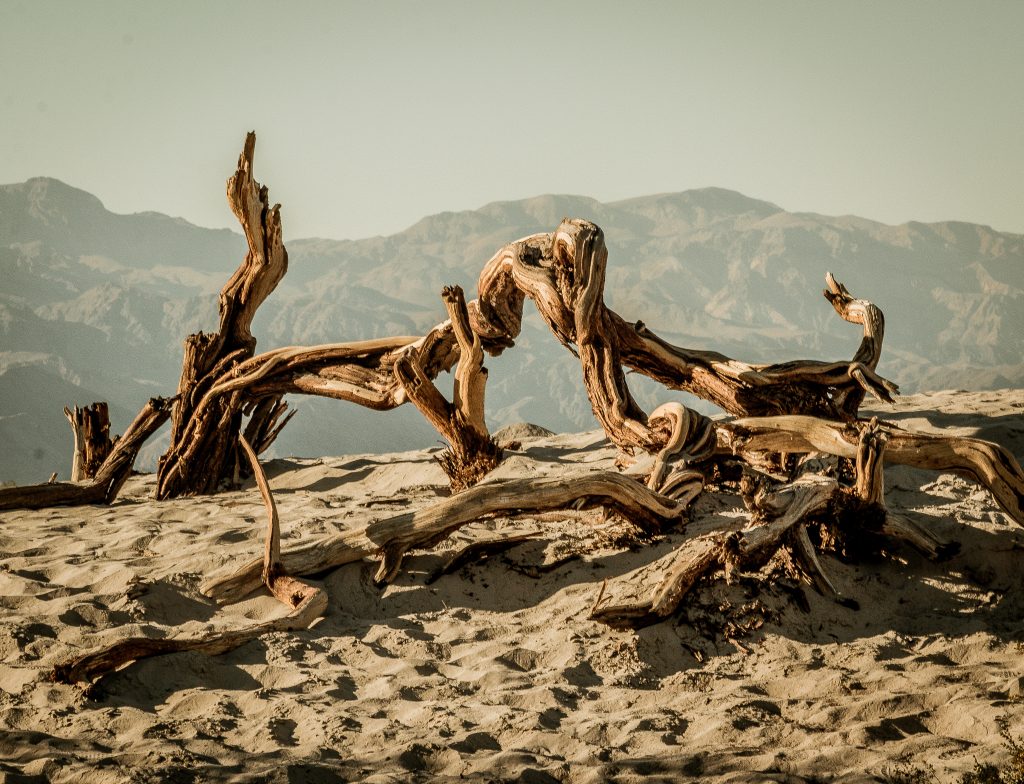
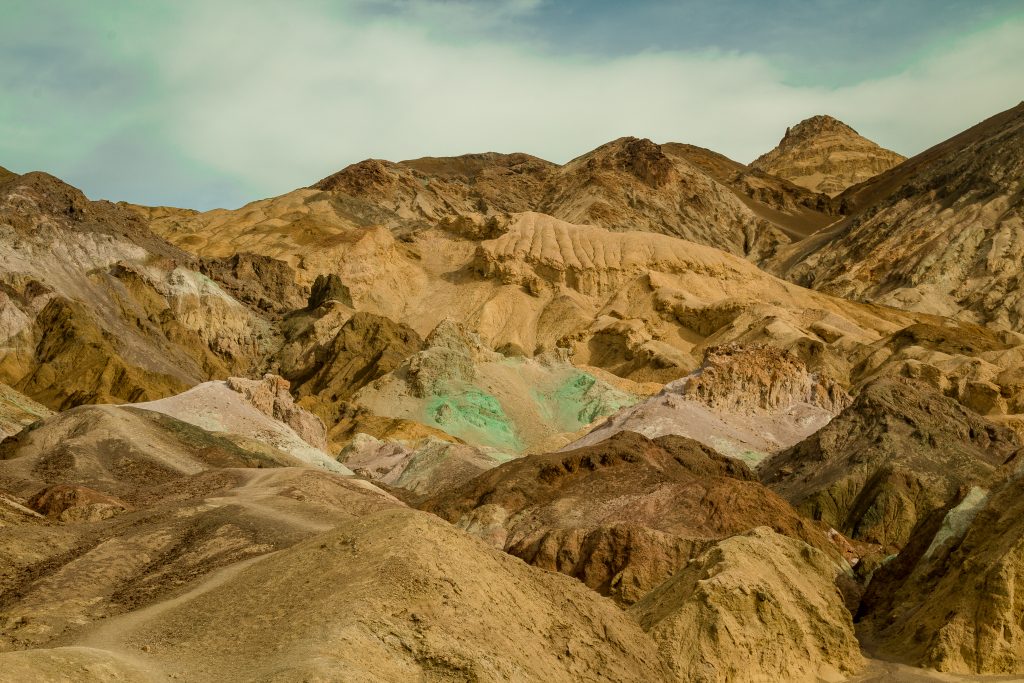
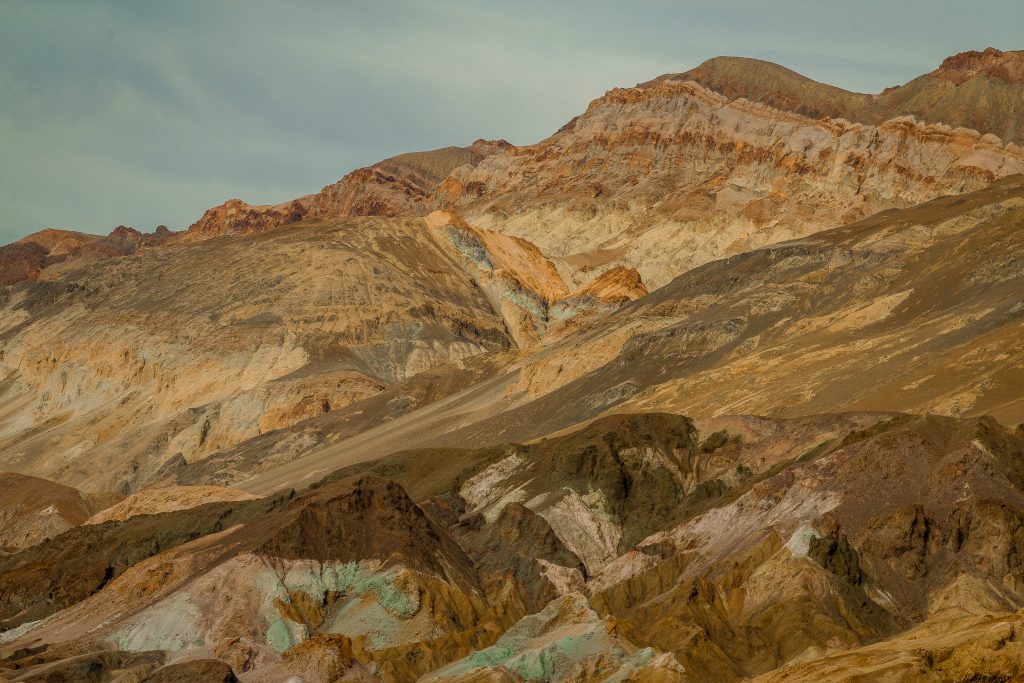
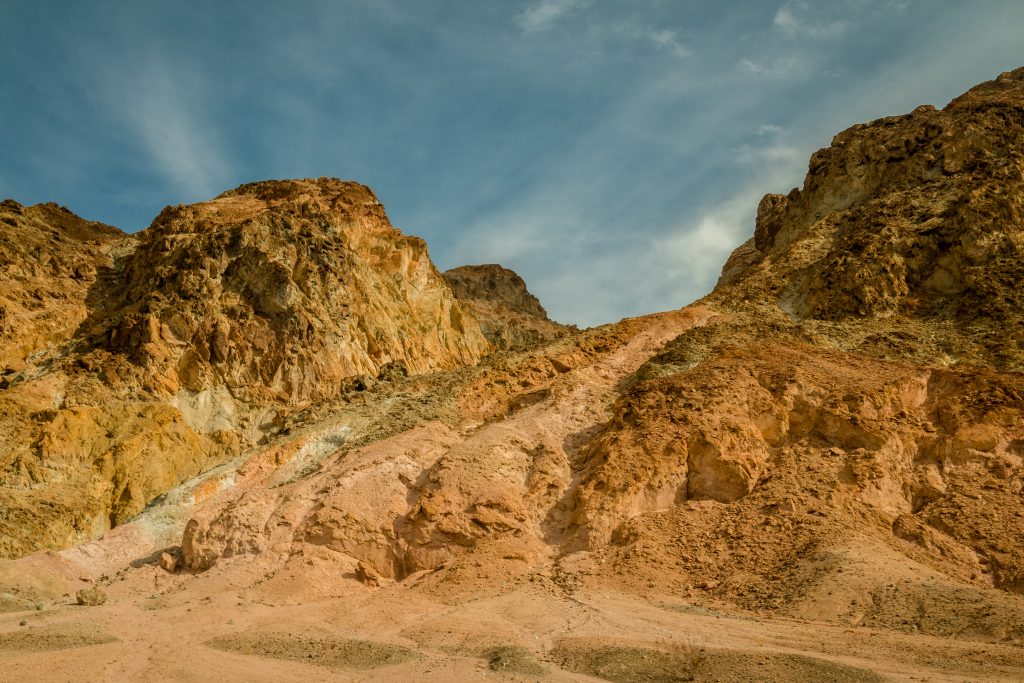
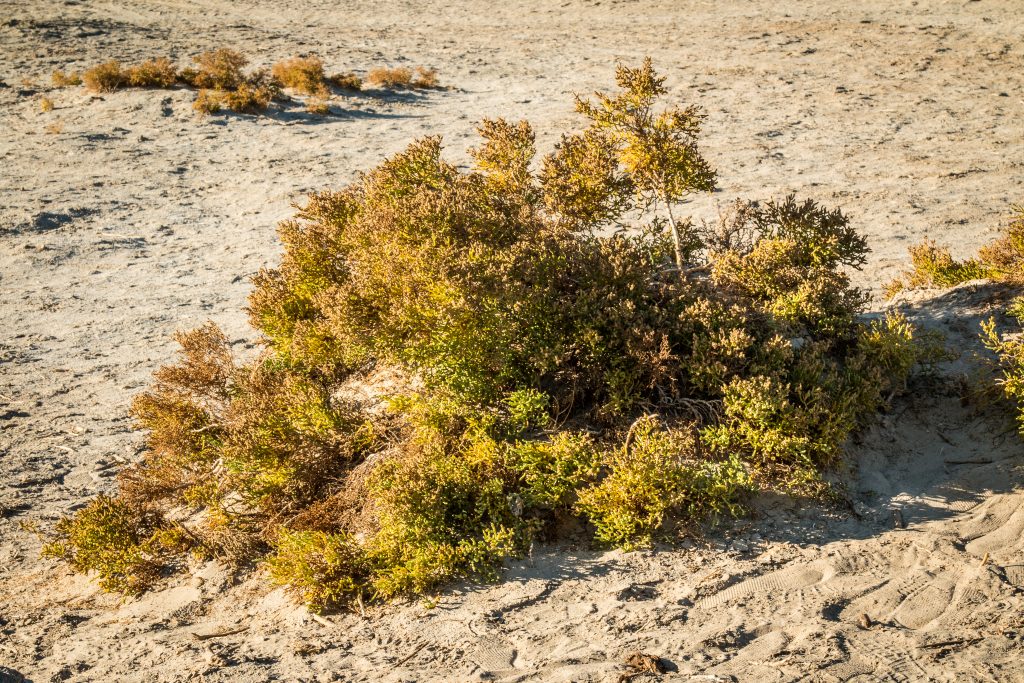
Anyway, next time, when I visit Las Vegas, I would love to visit Charcoal Kilns and the crater in the Death Valley National park.
Have you visited Death Valley? If, so what are your favorite spots in the park. I would love to hear about your favorites and experiences in the park.
If you like my travelogue and wish to follow my travel stories further, then do like and follow my profile here – Facebook, Google, Instagram
Thanks, Karthi

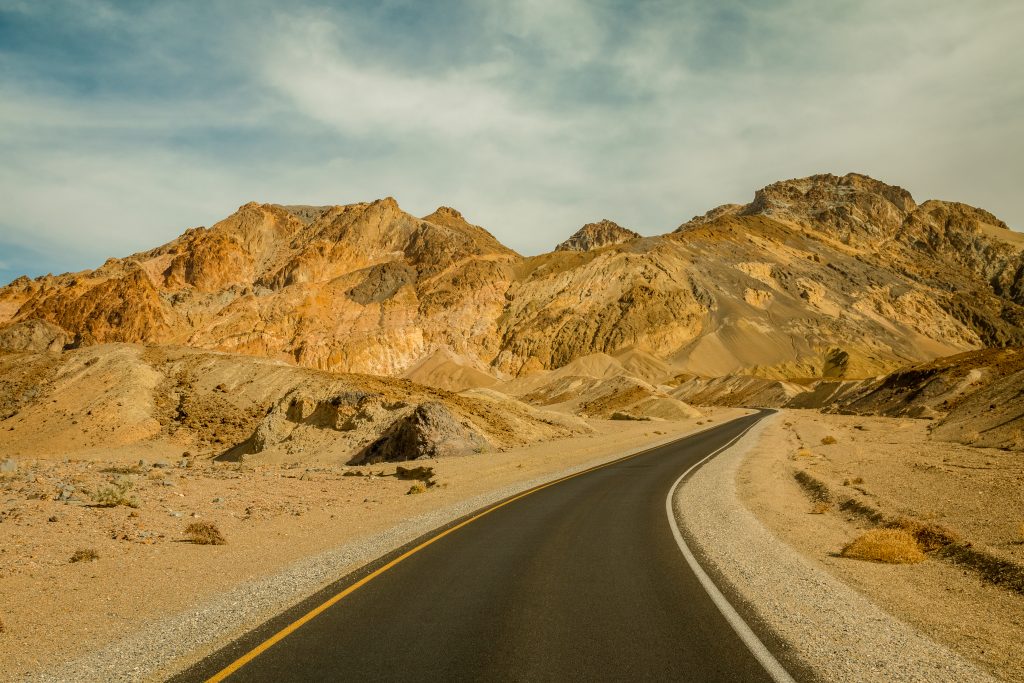
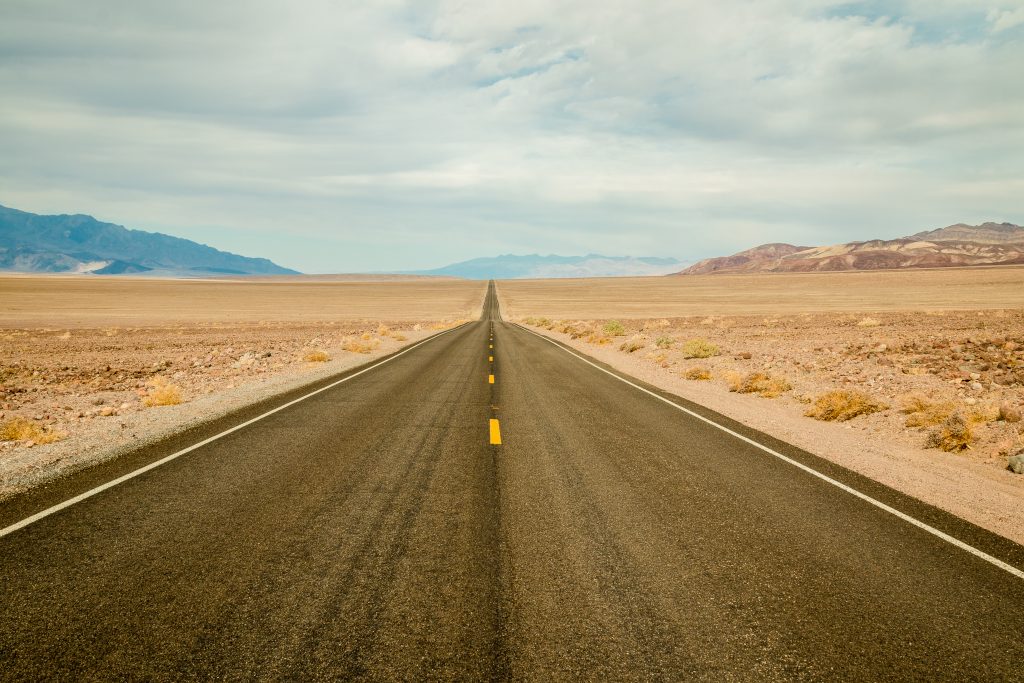
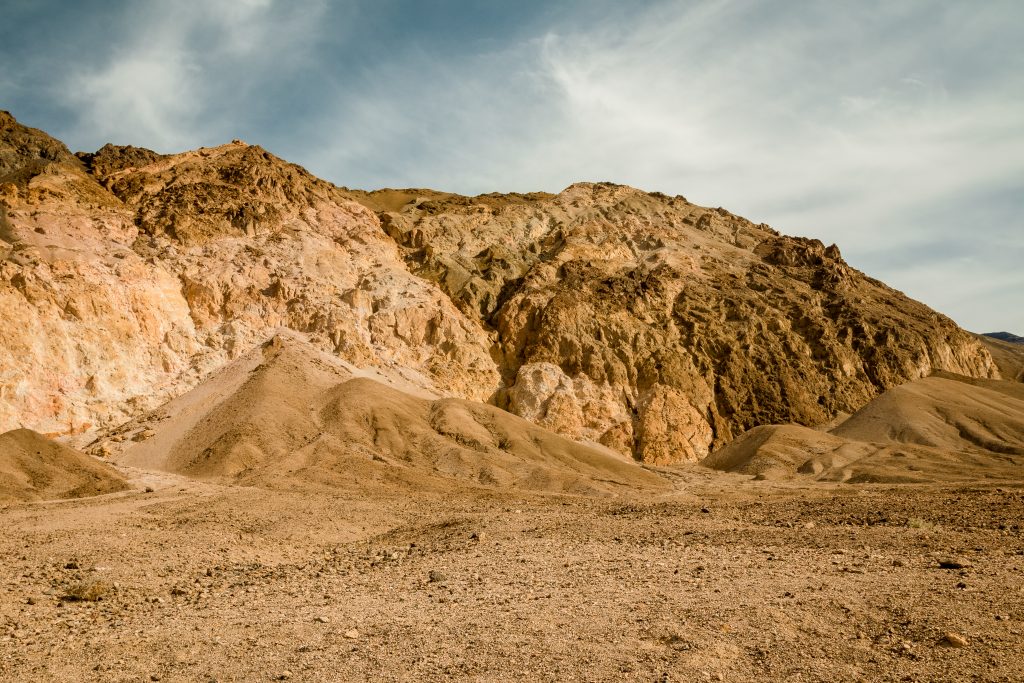
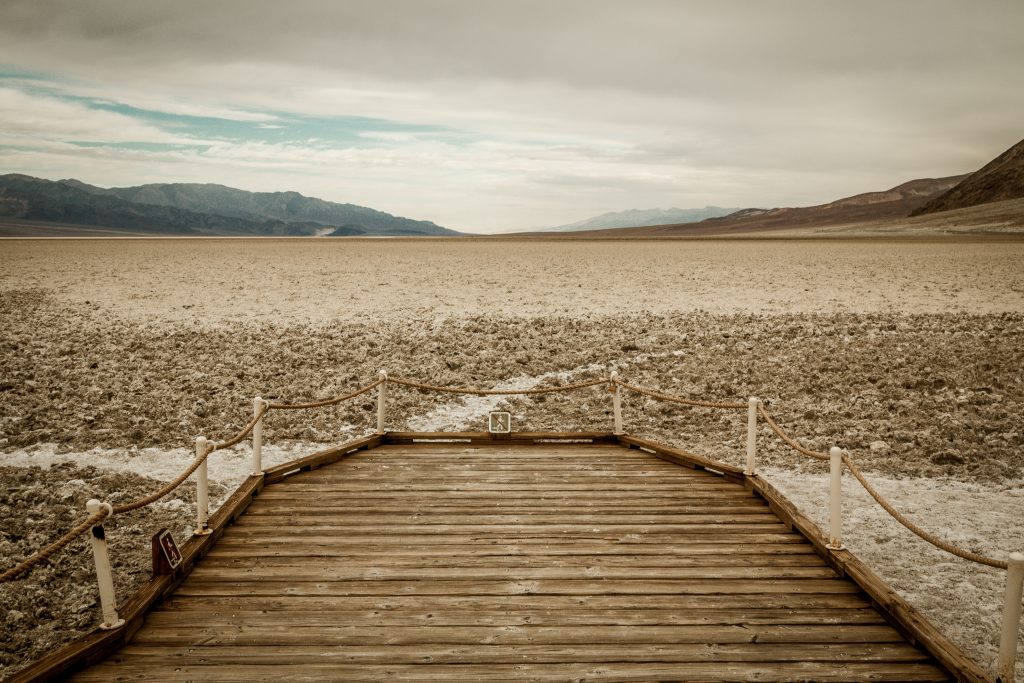
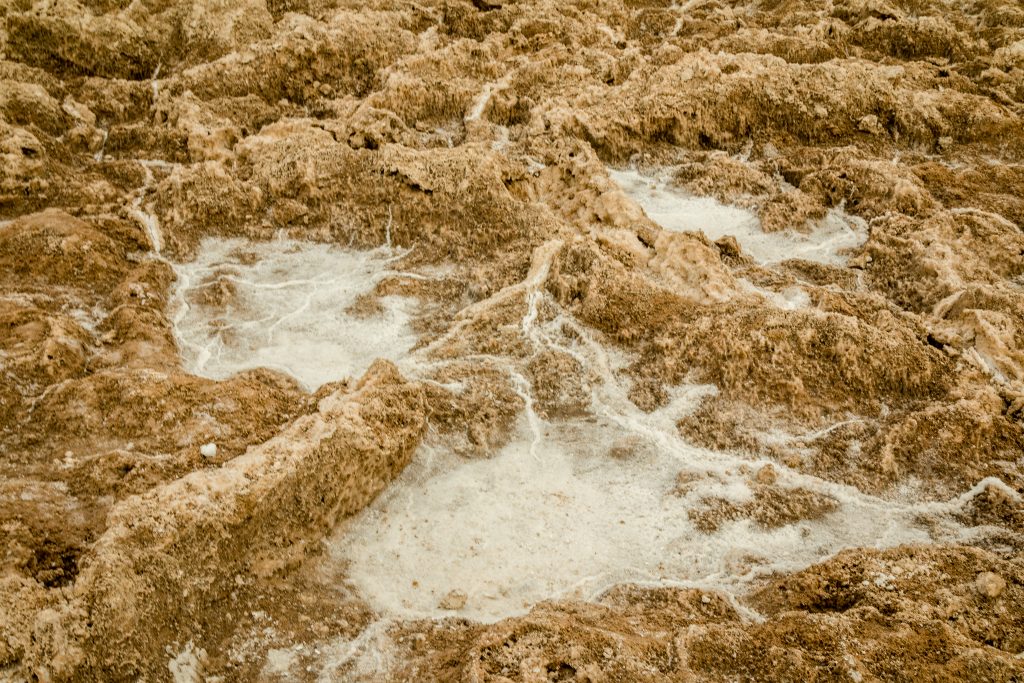
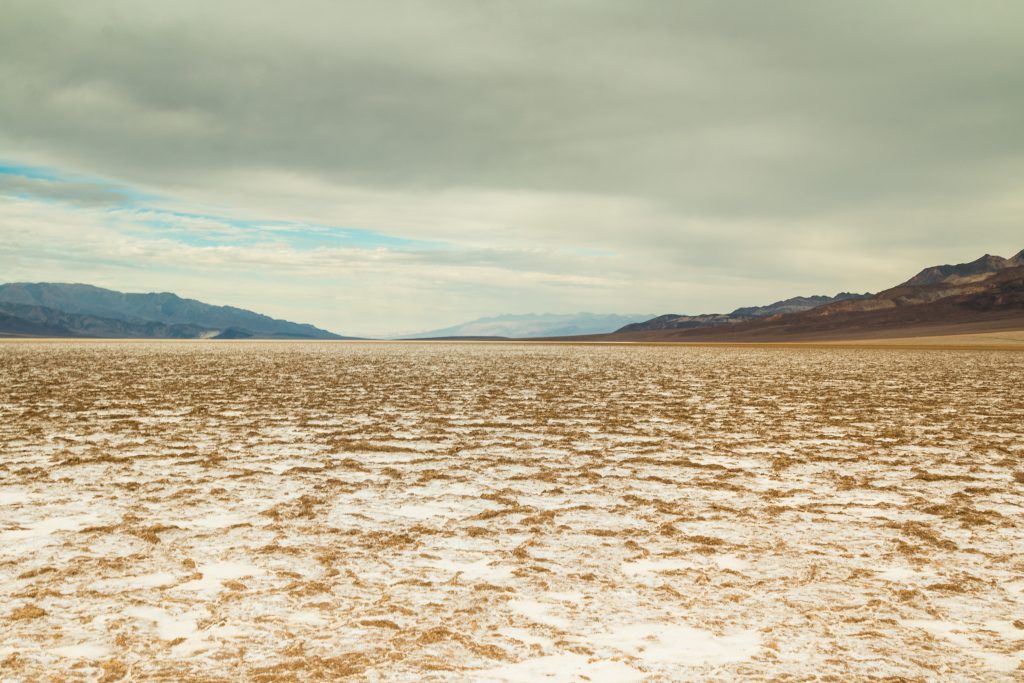
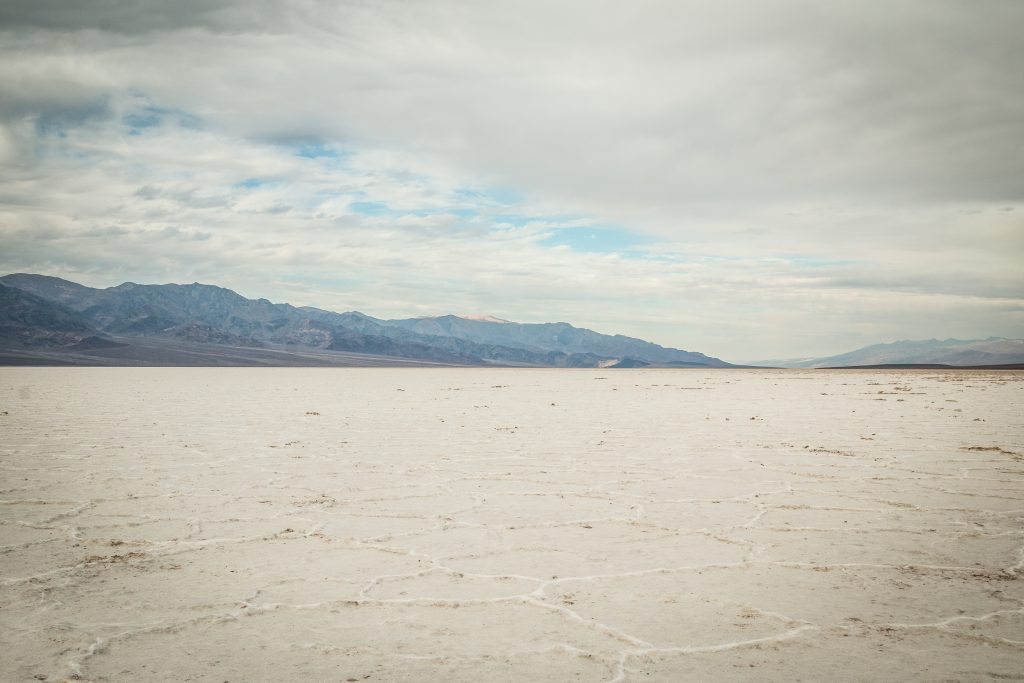
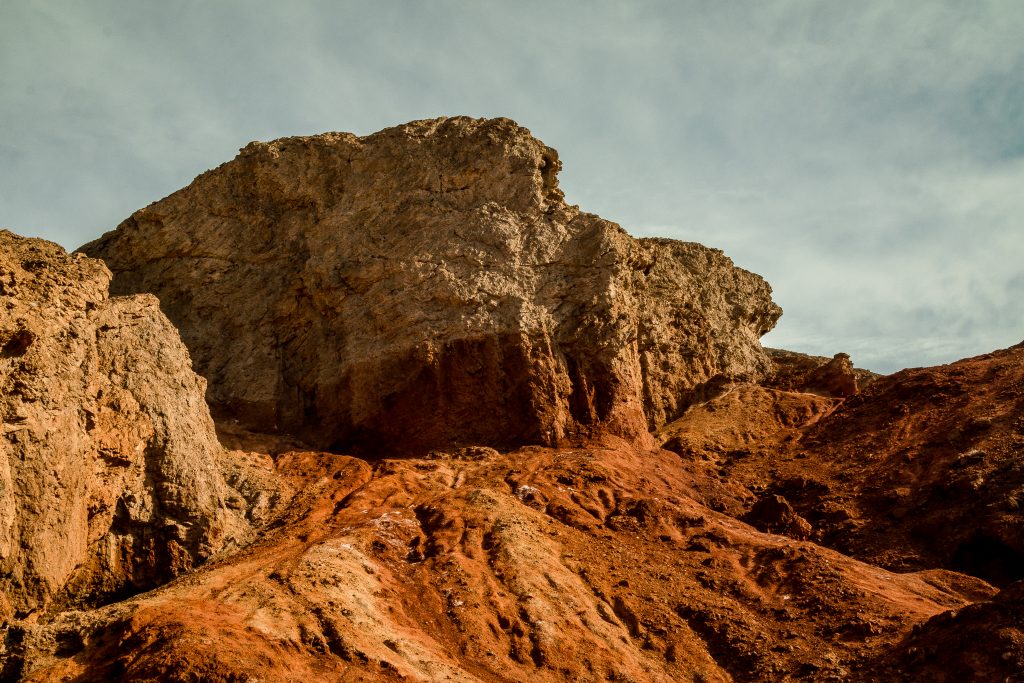
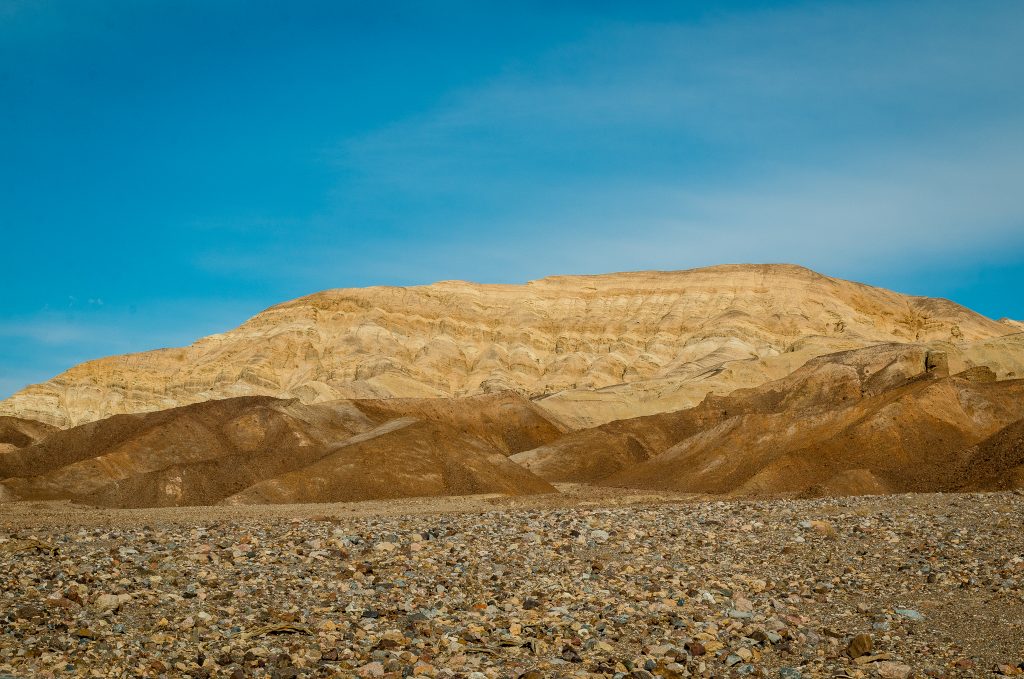
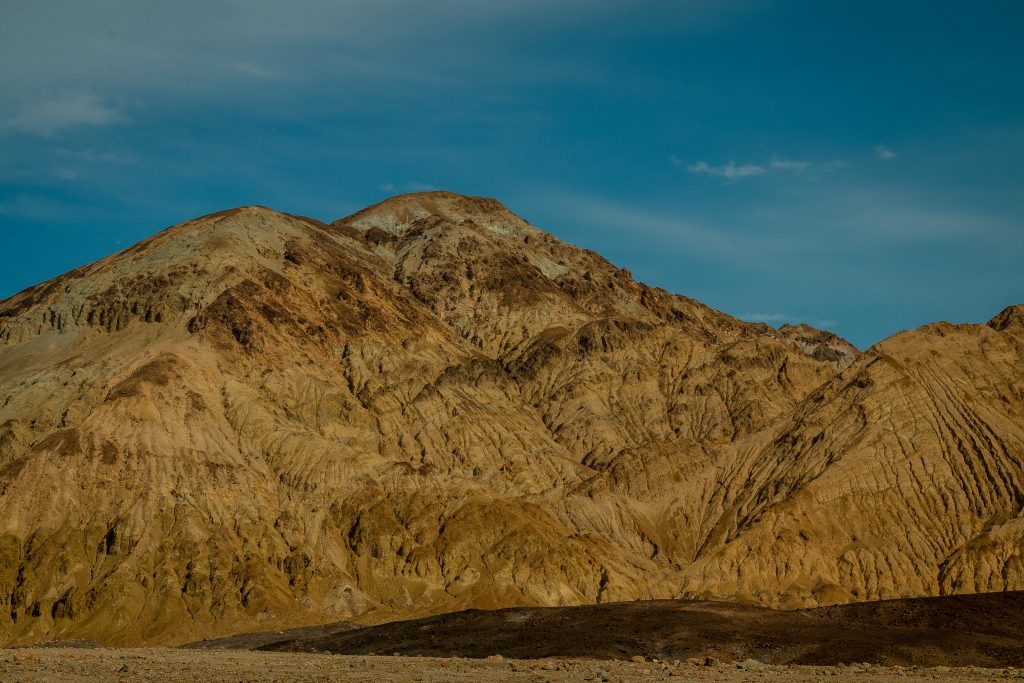
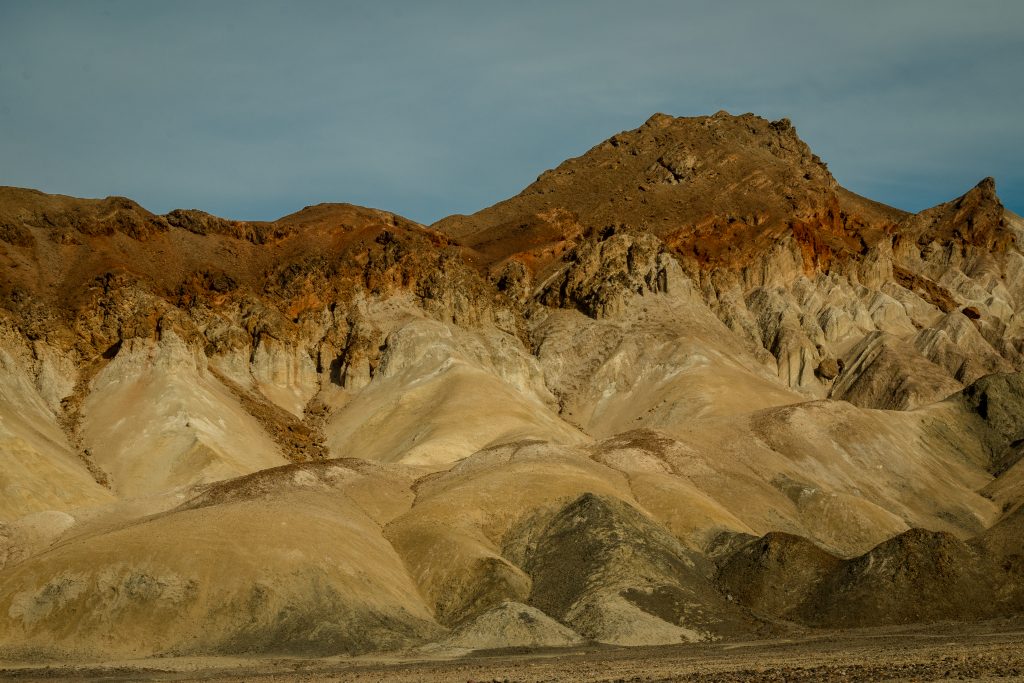
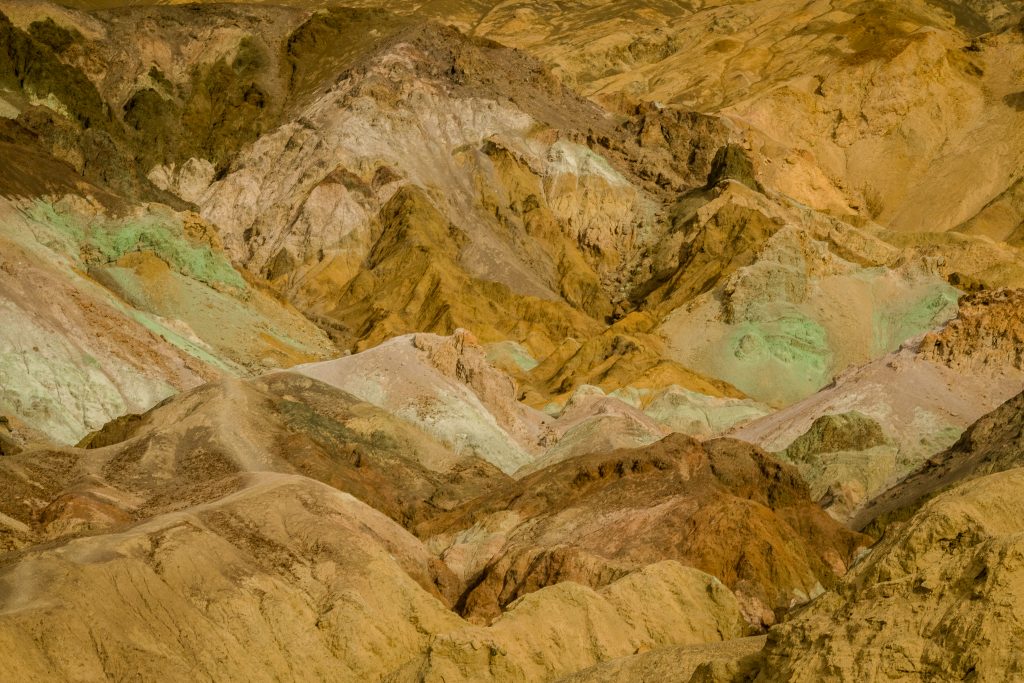
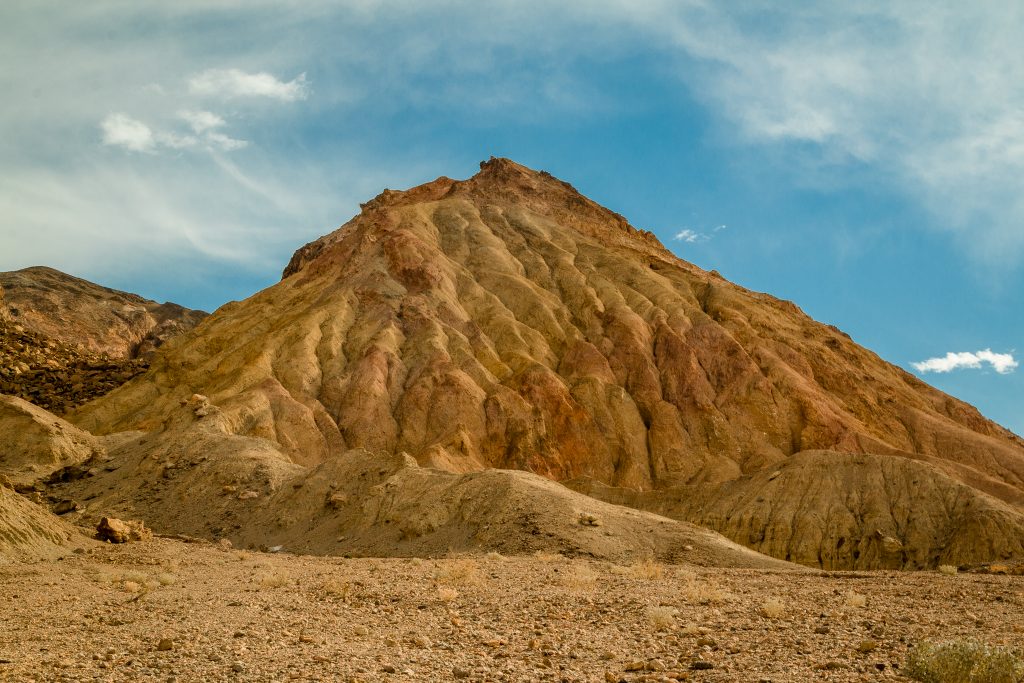
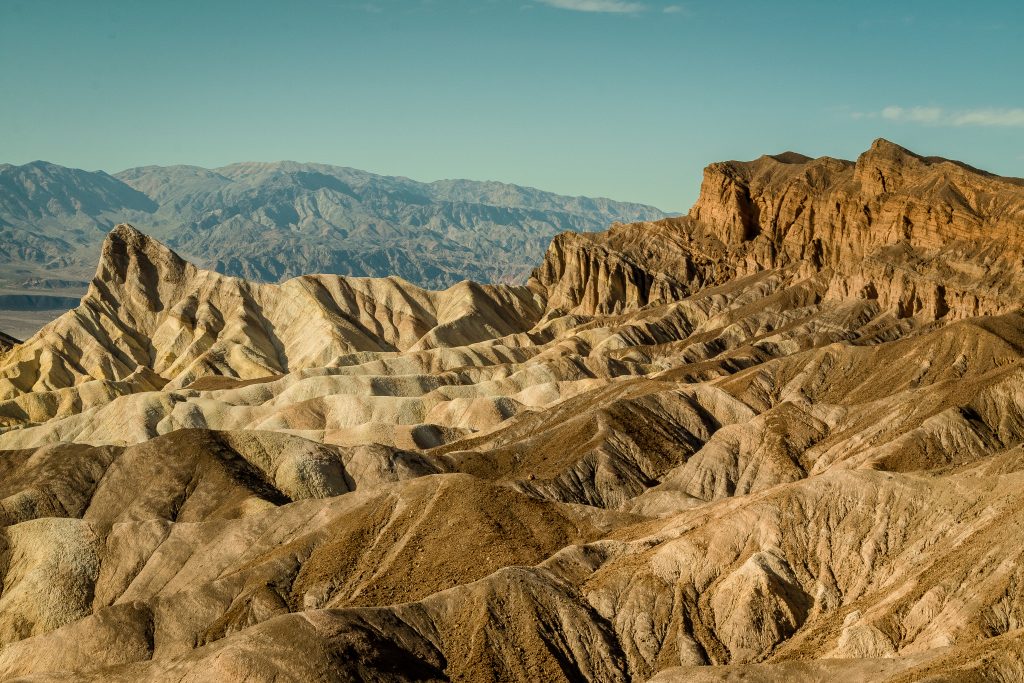
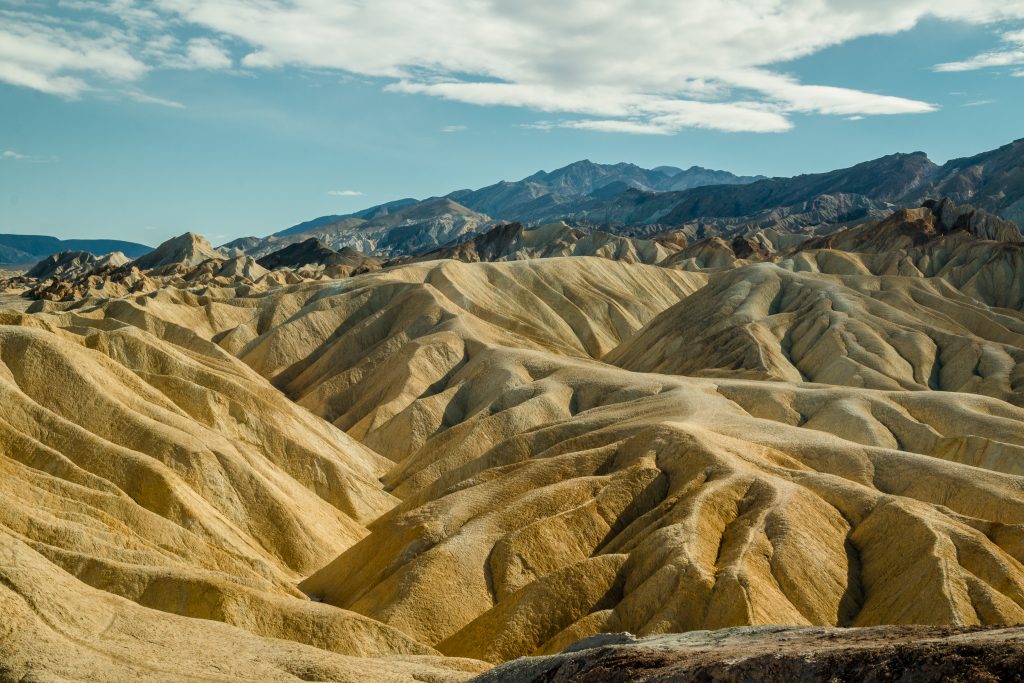
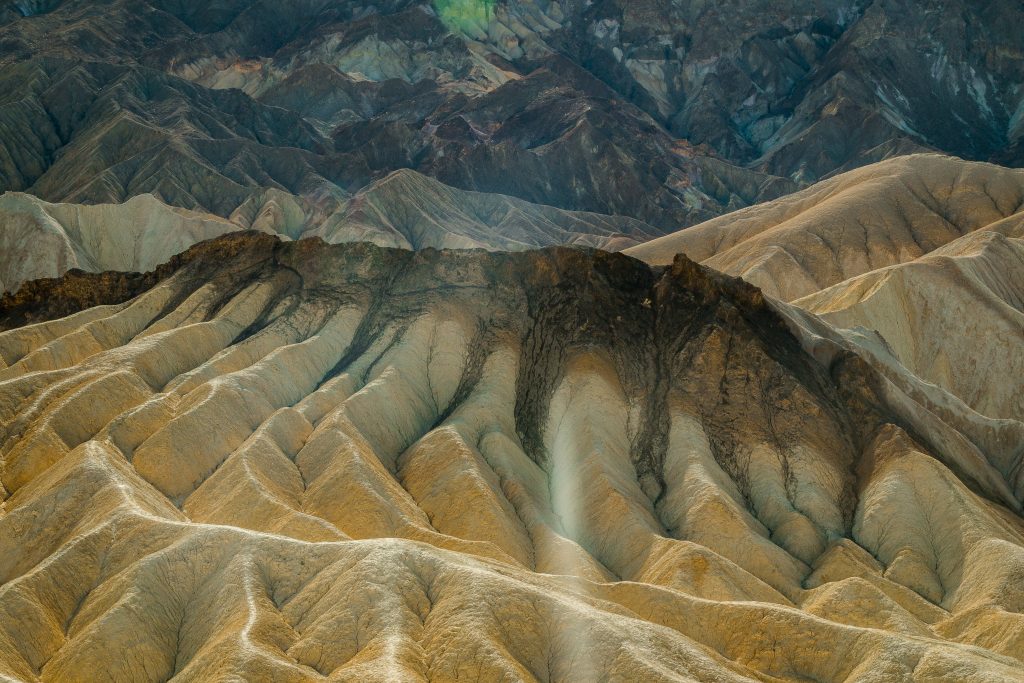
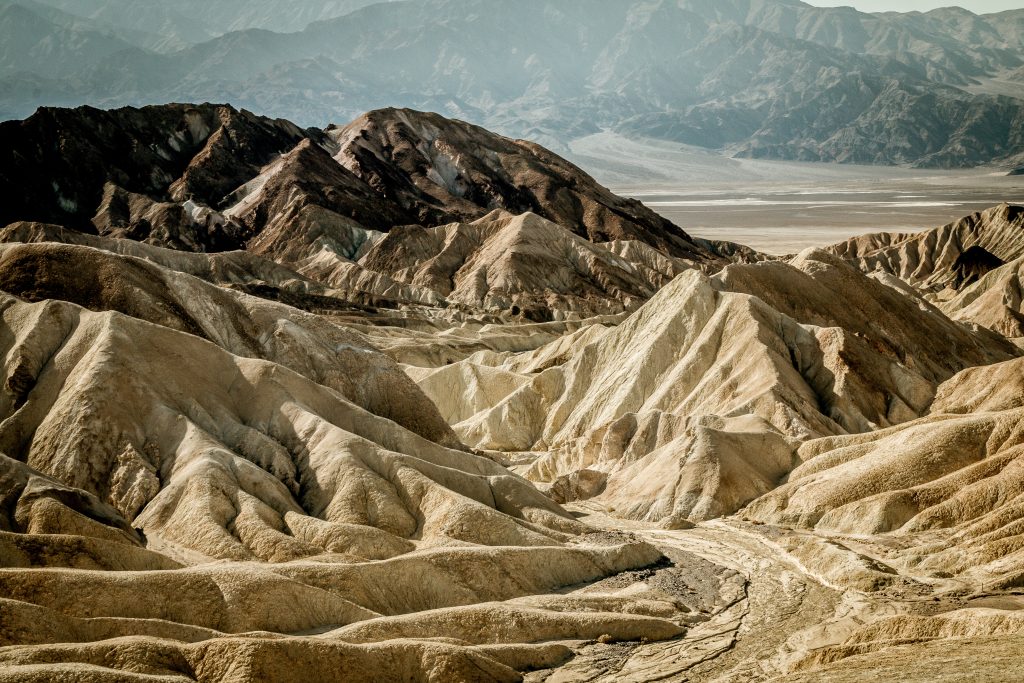
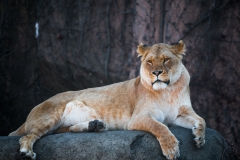
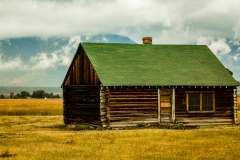
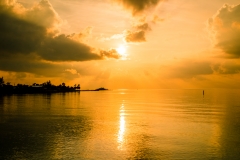
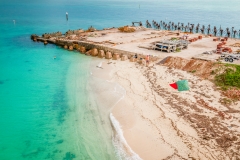
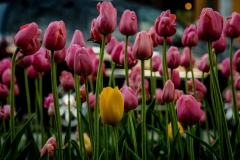
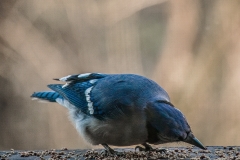
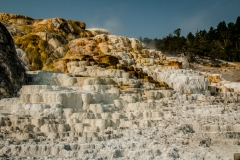
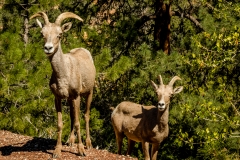
Your post was very informative and gave great details on the history of the park. Thank you! I am looking forward to visiting Death Valley park now with my family in April. Nice job.
Thank you much Rebecca for stopping by. Hope you have a great trip.